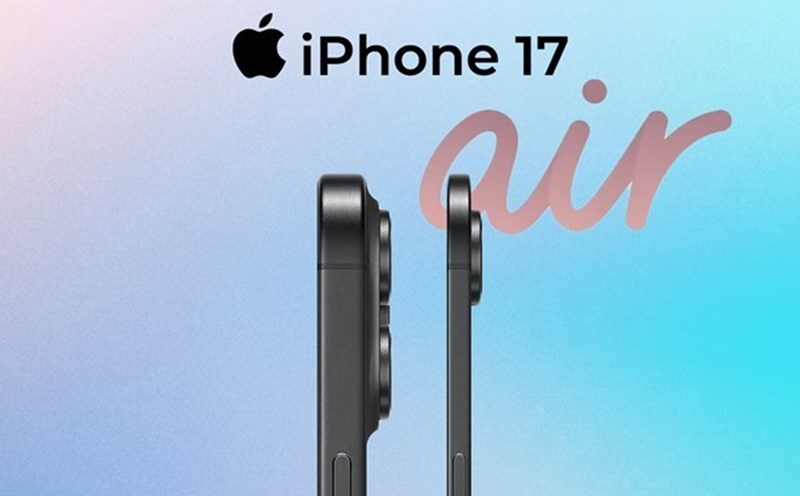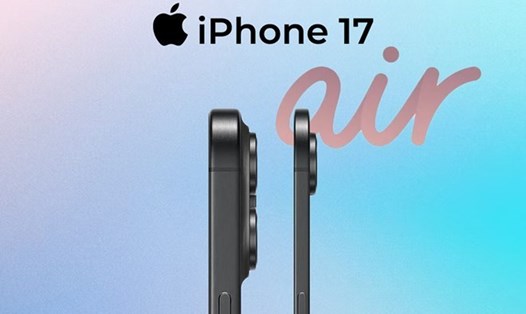The newly launched super-thin iPhone Air not only impresses with its design, but is also considered a clear signal that Apple is preparing to enter the foldable screen phone market, a segment that competitors like Samsung have been leading for many years.
According to analysts, Apple has made a series of major changes to the interior design to achieve a thickness of only 5.6 mm for the iPhone Air.
In particular, the camera frame now contains most of the important components such as modem, chipset and sensor, to make room for the battery to occupy the entire body of the engine.
This arrangement helps optimize space and opens up the ability to add more batteries if the device has an additional half of the clamshell, which is a necessary factor for foldable phones.
To realize an ultra-thin design, Apple also eliminates physical SIM cards, while using 3D printing technology for the USB-C port to achieve high accuracy.
Many experts say that the decision to keep USB-C instead of completely eliminating it shows that the company still puts user experience first, even when faced with technical challenges.
These changes show that Apple is getting closer to a real foldable iPhone. However, the challenge is still there. Samsung Galaxy Z Fold 7, which is the latest foldable phone model, has an opening thickness of only 4.2 mm, significantly thinner than the iPhone Air.
This means Apple will need to continue to refin to reduce at least 1.5 mm of thickness if it wants to compete directly.
Why is thinning important? Studies show that users spend up to 80% of their time using foldable phones in a foldable state, like a regular smartphone.
Therefore, if the foldable device is too thick, the experience will be less attractive than traditional phones. This is the reason why companies, including Samsung, have continuously made efforts to reduce thickness through each generation.
Although no specific plans have been announced, the improvements on the iPhone Air are considered an important preparation step for Apple for the foldable phone race.
With Cupertino ready to solve the problem of the rope and folding glass, which has been completely solved by its predecessors, the possibility of a folding iPhone is just a matter of time.









